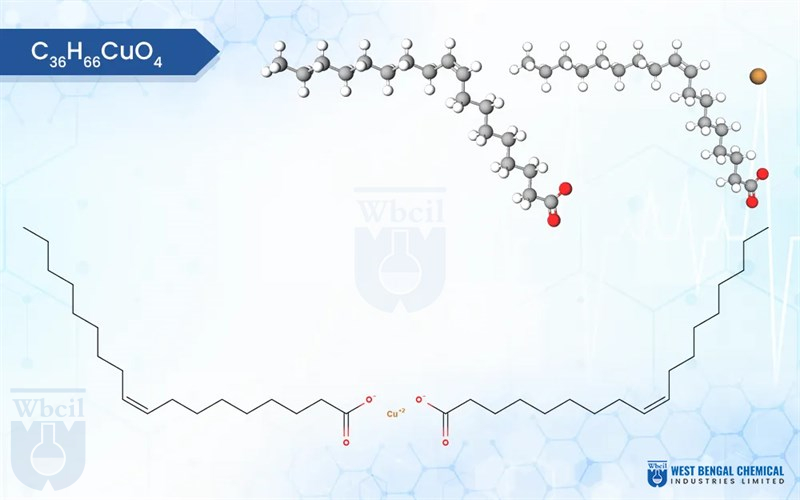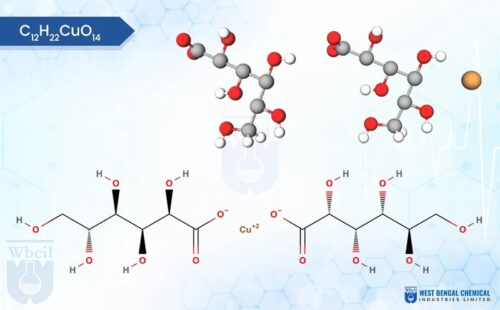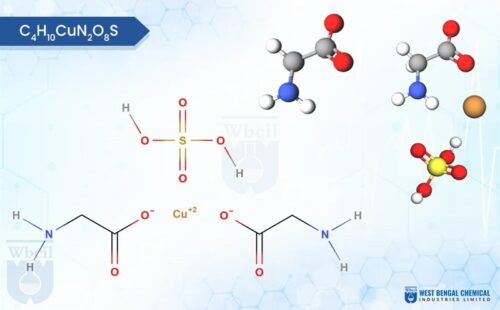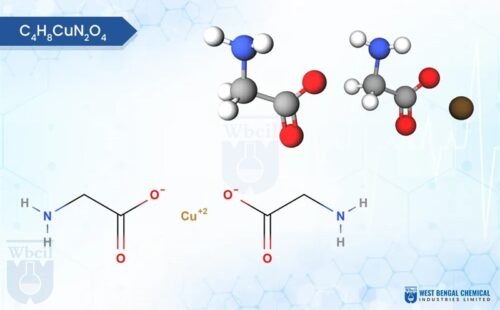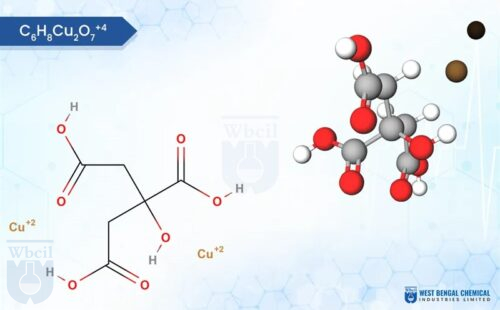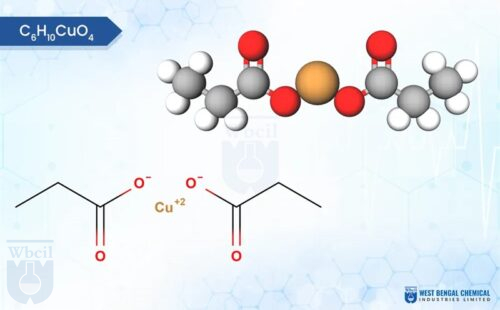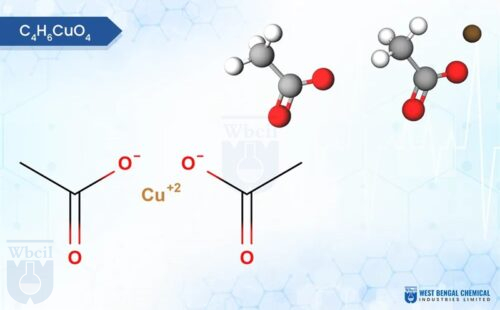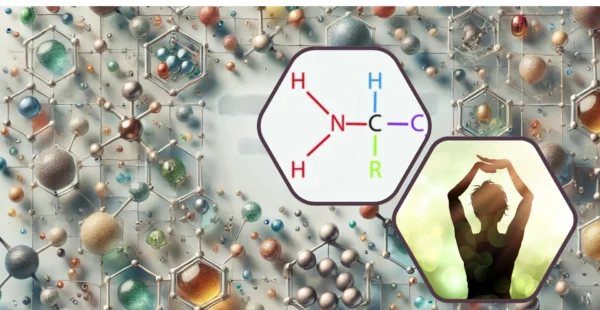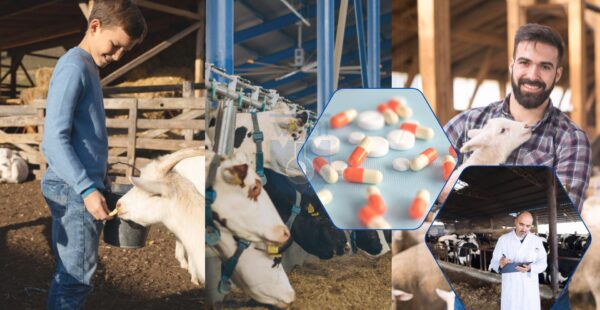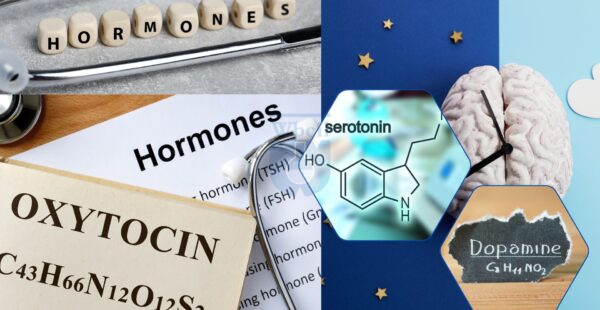Kupfer Oleat
-
Produktname:
Kupfer Oleat
-
Molekulare Formel:
C36H66CuO4
-
Molekulargewicht:
626.5 g/mol
-
CAS No.:
10402-16-1
-
HSN Code:
74031900
-
CID Code:
6436661
-
Haltbarkeit:
3 Jahre - 20°C Pulver
-
ChemSpider ID
4941284, 34997084
-
UNII No.
KT1O45G674
- USP
- IUPAC Names
- Synonyme
USP of Kupfer Oleat
Kupfer(II)-oleat wird als Emulgator und Dispergiermittel zur Bekämpfung von Schimmel und als Verbrennungsverbesserer in Heizölen verwendet.
IUPAC Names of Kupfer Oleat
copper;(Z)-octadec-9-enoate
Synonyme von Kupfer Oleat
- Kupferoleat
- Kupfer(II)-oleat
- Kupferdioleat
- Kupferoleat
- Kupfer(2+)oleat
- Kupfer(ii)oleat
- Ölsäure, Kupfer-II-Salz
- Kupfer;(Z)-octadec-9-enoat
- Kupfer-cis-9-octadecenoat
- Kupferoleat Cu(O2C18H33)2
- cis-9-Octadecensäure, Kupfersalz
- 9-Octadecensäure (9Z)-, Kupfersalz
- Ölsäure, Kupfer(2+)-Salz
- 9-Octadecensäure (Z)-, Kupfer(2+)-Salz
- UNII-KT1O45G674
- 9-Octadecensäure (9Z)-, Kupfer(2+)-Salz
- (9Z)-9-Octadecensäure Kupfer(2+)-Salz (2:1)

Wenn Sie interessiert sind an Kupfer Oleat, dann
Beschreibung von Kupfer Oleat
Kupferoleat ist eine chemische Verbindung, die aus Kupfer (Cu) und Ölsäure, einer Fettsäureart, besteht. Es ist eine metallorganische Verbindung und wird manchmal auch als Kupfer(II)-oleat oder Kupferoleat bezeichnet. Kupferoleat ist in der Regel ein dunkelgrüner oder bräunlicher Feststoff bei Raumtemperatur. Es ist schwer löslich in Wasser, aber besser löslich in organischen Lösungsmitteln wie Ethanol und Chloroform.
Wenn Sie interessiert sind an Kupfer Oleat, dann
Anwendung von Kupfer Oleat
Wird als Emulgier – und Dispergiermittel zur Bekämpfung von Schimmelpilzen und als Verbrennungsbeschleuniger in Heizölen verwendet
Verwandte Produkte
Wenn Sie interessiert sind an Kupfer Oleat, dann
Verwandte Blogs von Kupfer Oleat

Stellen Sie sich ein lebendiges Mosaik vor, bei dem jede einzelne Kachel, sorgfältig ausgewählt und platziert, zu einem atemberaubenden Meisterwerk…...

In the intricate ballet of livestock nutrition, where every element plays a pivotal role in the animal's well-being and productivity,…...

Die Entwicklung von Früchten ist ein kompliziertes Zusammenspiel von Genetik, Umwelt und Ernährung [1]. Während der genetische Bauplan einer Pflanze…...

Aging is more than just the appearance of wrinkles and gray hair—it’s a multidimensional process that impacts our physical health,…...

In today’s world, our bodies constantly encounter toxins—whether from environmental pollution, processed foods, stress, or negative emotions. Over time, these…...

What is Fine Chemicals? Fine chemicals are complex, single, pure chemical substances produced in limited quantities using specialized processes. They…...

Pidolic acid, also known as 5-oxoproline or L-pyroglutamic acid, is a naturally occurring amino acid derivative found in various tissues…...

What is Happiness Blueprint? In the pursuit of happiness, most of us look outward—toward relationships, success, or self-help routines. But…...

The importance of mineral chelates (nutrients) cannot be exaggerated. Factually, these nutrients are necessary for plant growth, development, and overall…...

